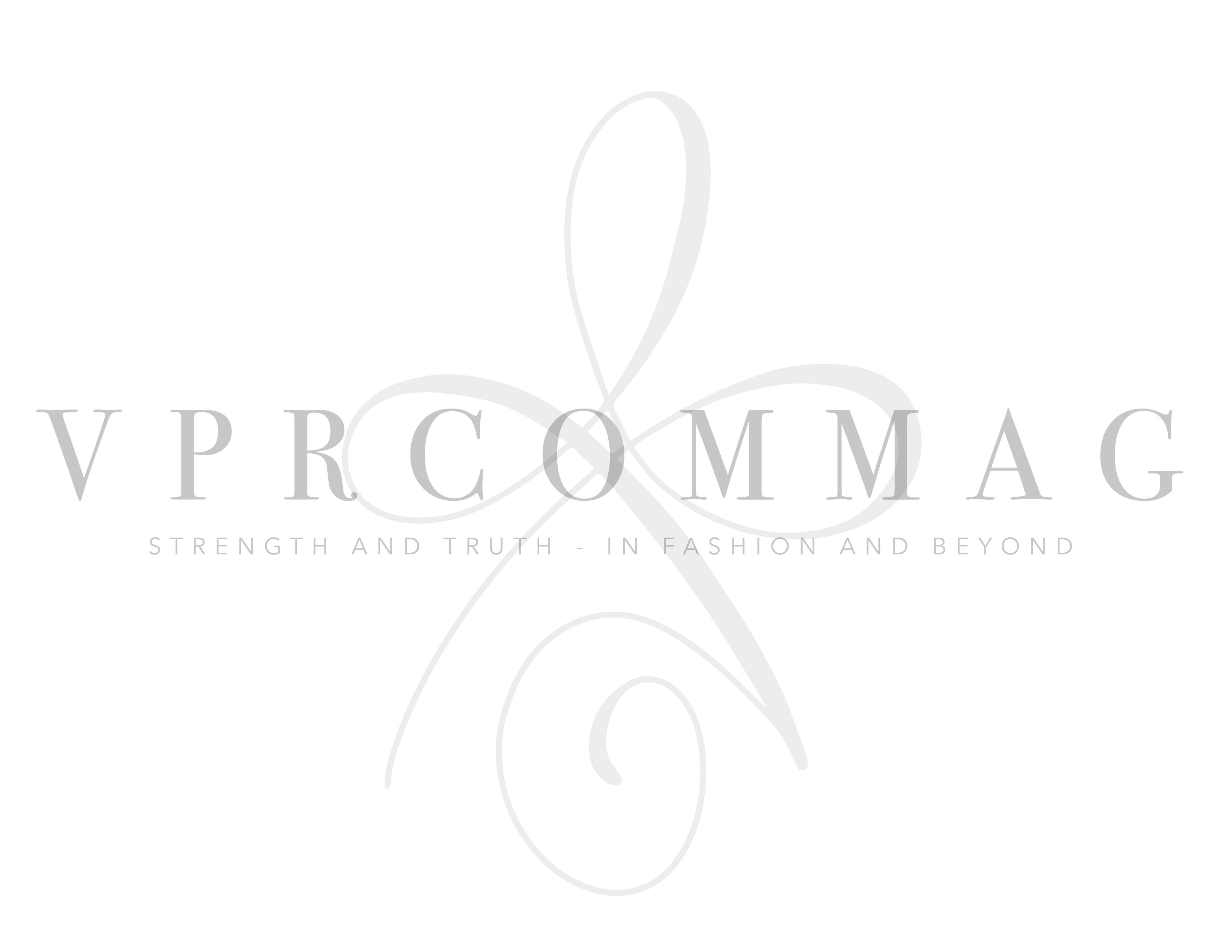In the ever-shifting climate of new media, fashion blogging represents the nexus of creativity, technology, and consumption. The climate that was once constructed around individual style diaries has become a rapidly shifting world of trends, numbers, and influence. As consumption becomes more discerning and media platforms more sophisticated, the market for fashion blogging must adapt to survive. Here are five important observations on where fashion blogging is headed:
-
Strategic Brand Promotion is Essential
In an oversaturated online world, mere content creation is not enough. The ability to promote a fashion blog strategically is now a deciding factor in its growth. Bloggers need to move beyond organic reach and look at strategic advertising, search engine optimization, and influencer partnerships. An intentional promotion strategy equates to partnering with brands whose aesthetic and values are in sync with the blogger’s narrative, rather than partnering with whatever sponsor is available. The effectiveness of promotion is based on storytelling, timing, and precision, ensuring that every campaign reaches the intended audience and adds value to the long-term brand equity.
-
Data-Driven Decisions Define Success
With the fashion blogging industry more established now, gut feeling is no longer a reliable guide. Successful bloggers are incorporating data analysis into procedures to better understand what stirs their users, how content is doing, and what is coming into fashion next. Engagement rate, click-through rate, and conversion rates are yield data that can be employed to refine content strategy. With sentiment-tracking and ROI-measuring software at their fingertips, fashion bloggers can make well-informed decisions about anything from the timing of posts to product sponsorships. Not only does data drive efficiency, but it also allows bloggers to maximize the impact of their messaging.
-
The Rise of User-Generated Content
As consumers grow more skeptical of overt advertising, authenticity is now at the core. User-generated content (UGC) is now a pillar of online activity within fashion. Consumers prefer real voices over carefully selected campaigns, and brands are taking notice. Popular fashion bloggers are increasingly leveraging UGC to build community and trust. To stay ahead, it’s wise to hire a reputable UGC agency to streamline the process, ensuring high-quality content that aligns with brand values while fostering genuine interaction. This also allows bloggers to scale up content creation without losing authenticity.
-
Platform Diversification Expands Reach
Limiting fashion content to a single platform eliminates room for growth. The audience now reads content in varied formats and devices, which requires a platform-agnostic approach. Fashion bloggers need to diversify their presence beyond social media and traditional blogs. Expansion to visual channels like TikTok, interactive experiences like virtual showrooms, and audio-based channels can offer new avenues for engagement. For example, creating a podcast around fashion updates or style tips can foster a more personal connection with listeners and position bloggers as experts in their niche. By reaching out to people on their own ground, bloggers become more visible and grounded.
-
Community Over Virality
While viral posts might bring fleeting visibility, sustained influence flows from an active community. Creating a devoted base requires more than sensational imagery; it requires ongoing interaction, trust building, and useful content. This human-oriented formula breeds conversation, comment, and emotional connection. Fashion bloggers who invest time in interacting and sharing with their loyalists are more likely to convert readers into promoters. By shifting focus away from the desire to go viral to meaningful interaction, fashion bloggers can create enduring platforms that can ride out algorithm changes and digital fatigue.
In conclusion, the future of fashion blogging is that of authenticity, grit, and strategic innovation. Whether it is leveraging user-generated content or investing in data, the bloggers will need to evolve alongside their followers and the tools available to them. As the virtual world of fashion gets more complex, those who remain nimble and ahead of the curve will set the stage for the next iteration of the industry.


